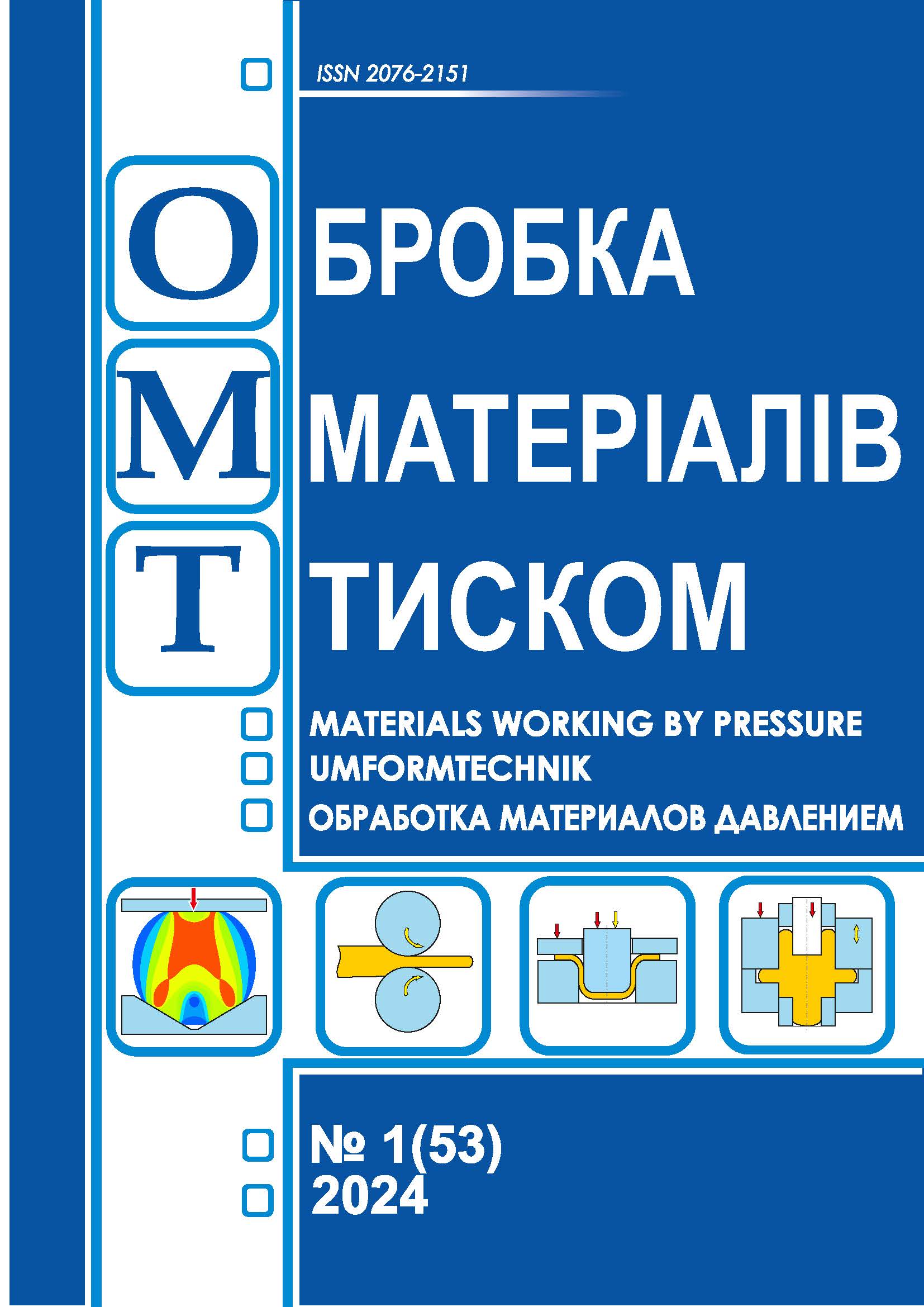Testing emulsions for cold rolling for soot-formation at coil annealing
DOI:
https://doi.org/10.37142/2076-2151/2024-1(53)116Keywords:
cold rolling, emulsion, lubricating coolant, physical and chemical properties, requirements, soot, burning, tendency to soot formation.Abstract
Kukhar V., Spichak O., Pashynskyi V., Malii Kh.
Testing emulsions for cold rolling for soot-formation at coil annealing
Cold rolling with emulsions allows for lower rolling forces, higher crimping and lower final bar thicknesses, greater rolling stability and better surface finish after rolling. However, the subsequent stages associated with cold-rolled coil annealing operations can present unexpected unpleasant "surprises" in the form of sooty surface defects. In addition to uneven application and poor emulsion rinsing prior to annealing, soot formation is significantly affected by the composition of emulsions (components included in the emulsion formula) and their physical and chemical properties. The paper analyzes the causes of surface defects of the "soot" type after annealing coils rolled with emulsions and substantiates the need to reduce soot formation and burning by formulating requirements for the physical and chemical properties of lubricating and cooling fluids. A methodology for testing the tendency of emulsols to soot formation after annealing in coils, which is the first stage of a multistage study, has been developed. The methodology consisted of applying concentrated emulsion to witness samples, which were annealed together with the coils under the same temperature and time conditions and furnace environment. The physicochemical characteristics of lubricating and cooling liquids were analyzed and 54 emulsions of different brands and manufacturers were tested during cold rolling. A scoring system for assessing the intensity of soot formation by visual observation is proposed, and the values of soot formation scores after annealing of the experimental samples are determined. The calculated regression equations were obtained that relate the soot and burn formation rates to such physicochemical properties as emulsol density at 20 °C, kinematic viscosity at 50 °C, and saponification number. A stable dependence of the hydrogen pH value for a 3% aqueous emulsion prepared with hard water of 4.6 mg-eq/dm3 on the indicated physicochemical properties of emulsols was shown. Based on the results of the research, 28 emulsions were recommended for use in the conditions of PJSC "ZAPORIZHSTAL" and requirements for their main physical and chemical parameters were formulated.

